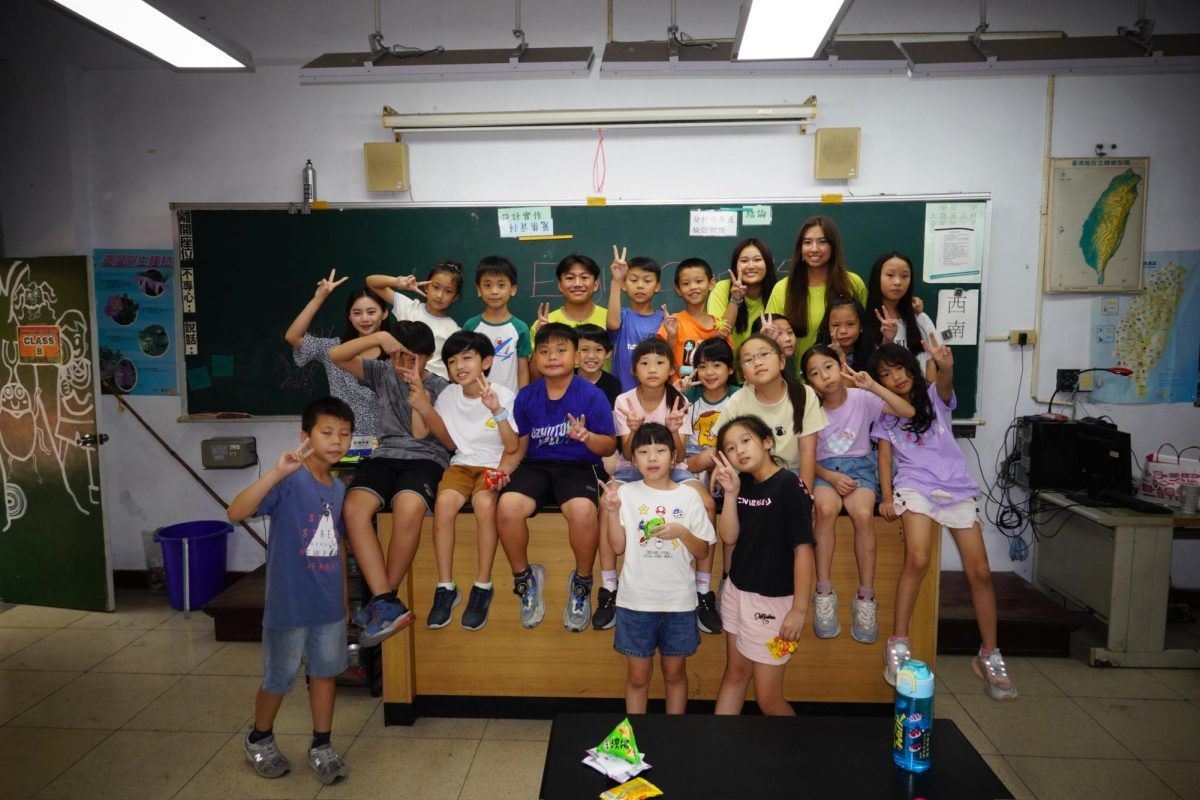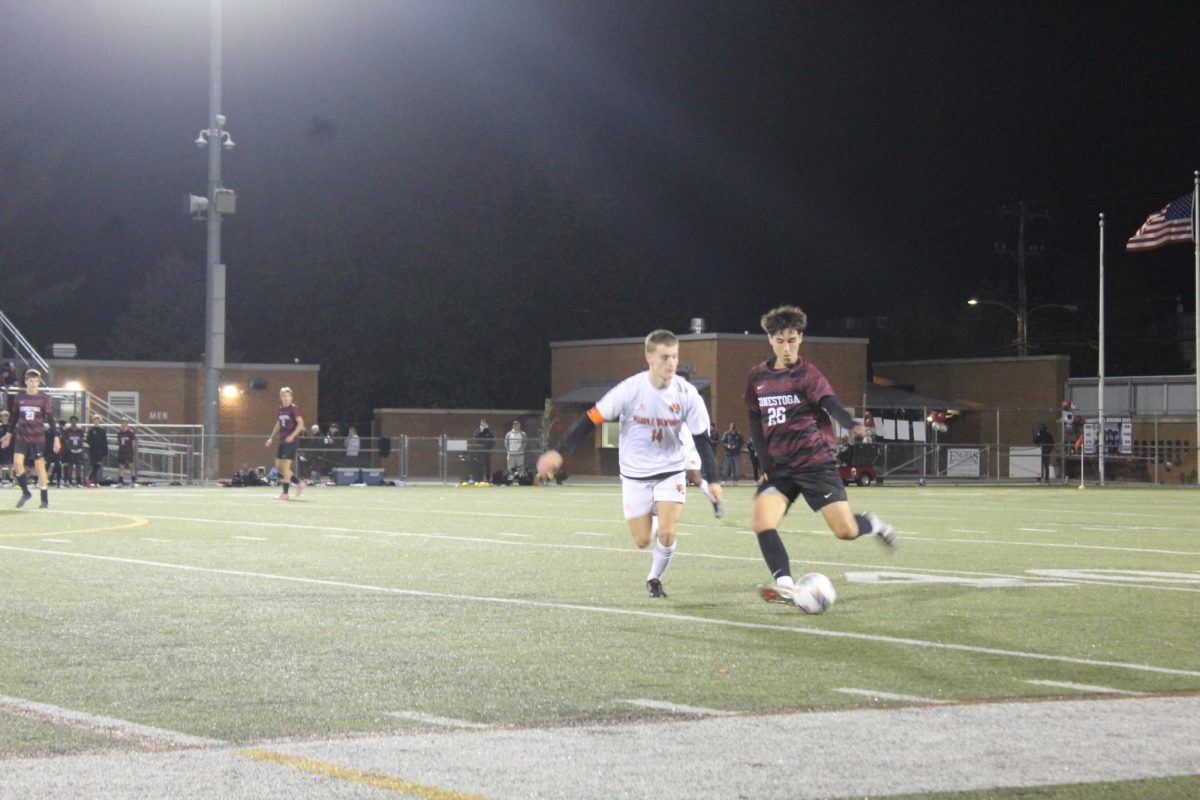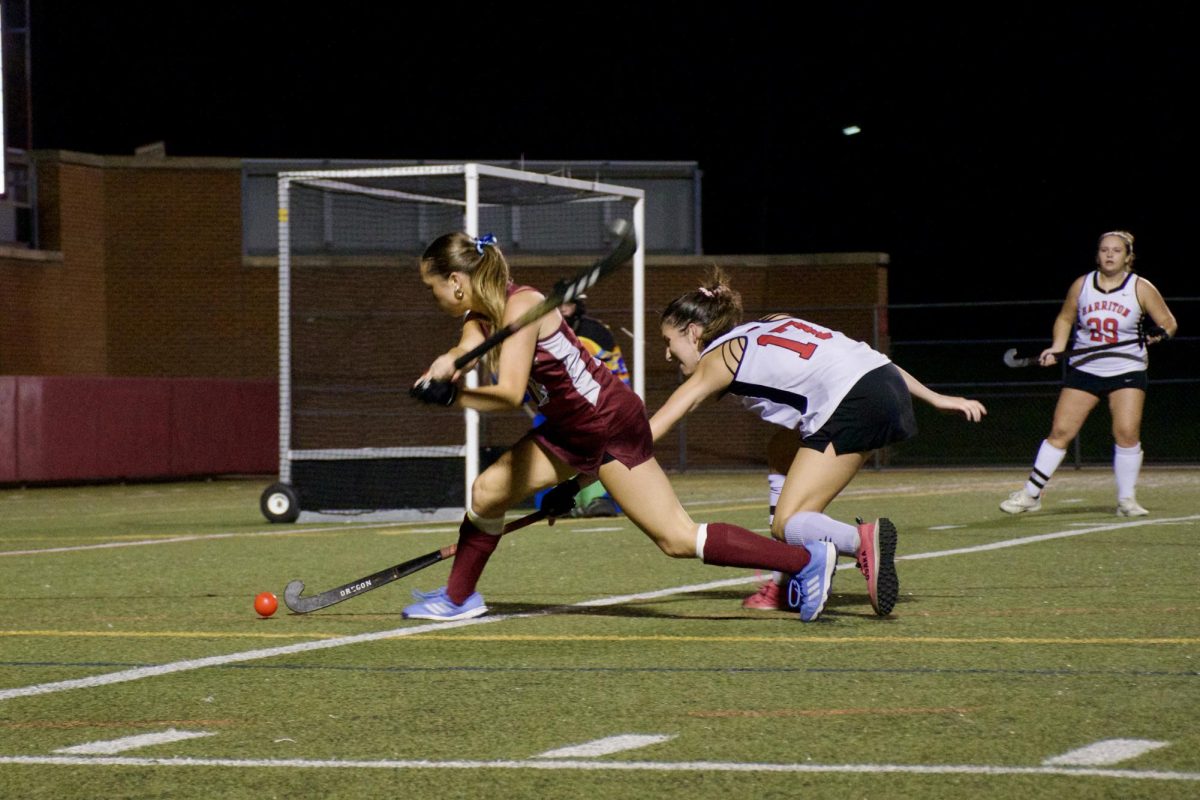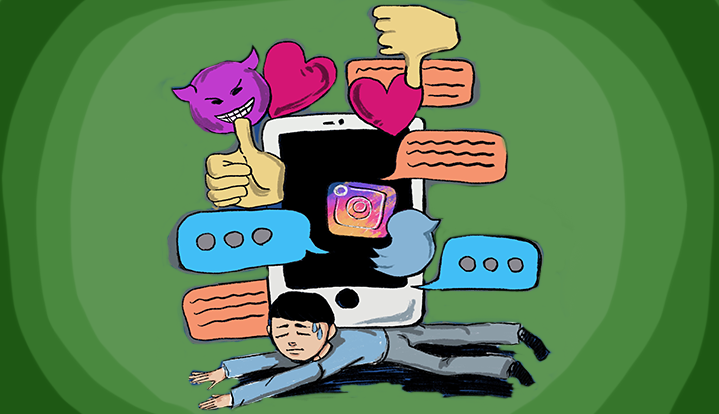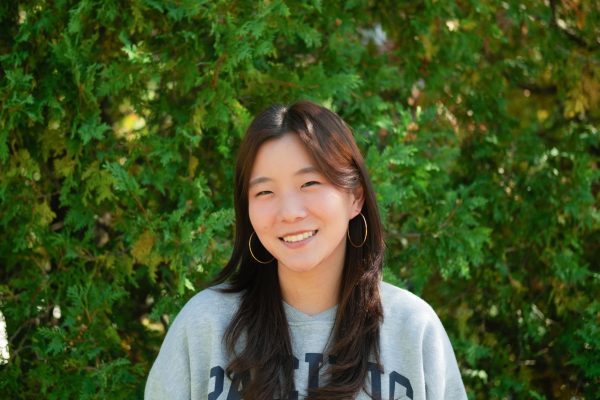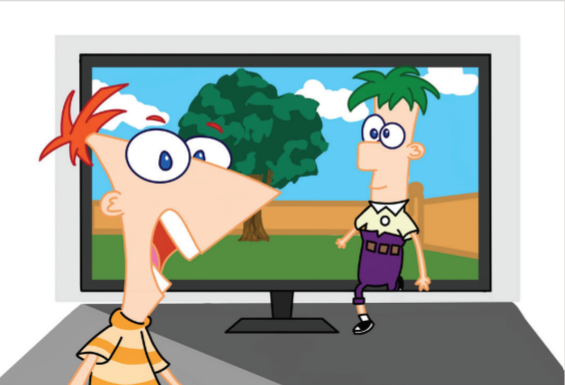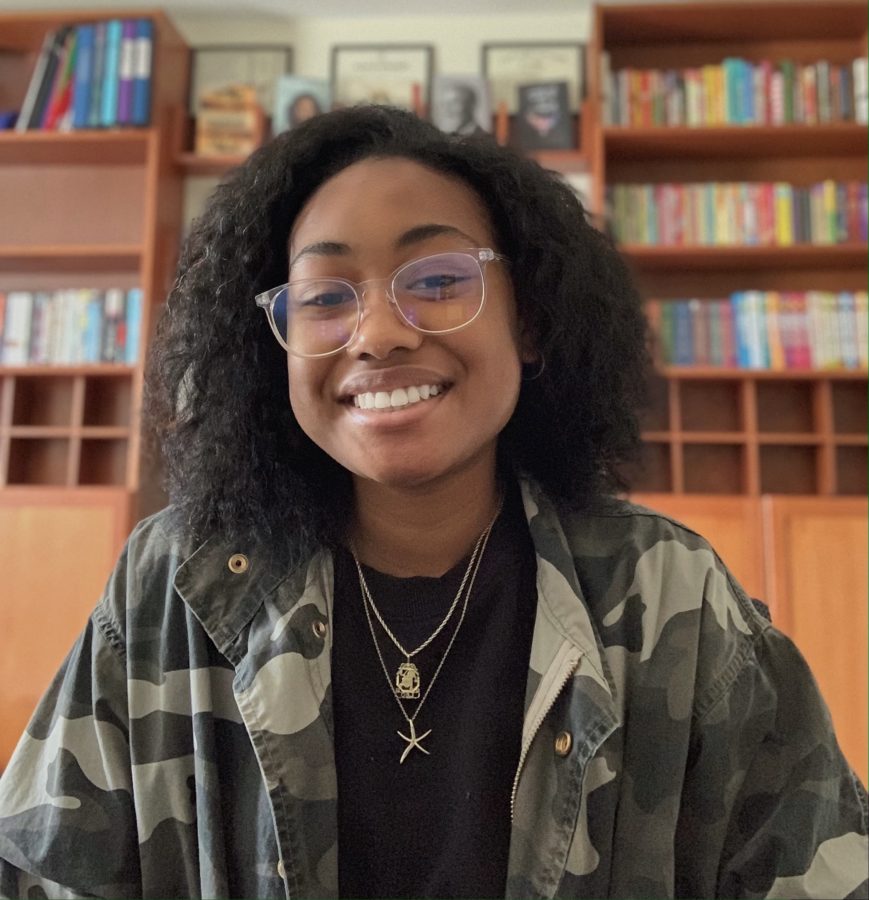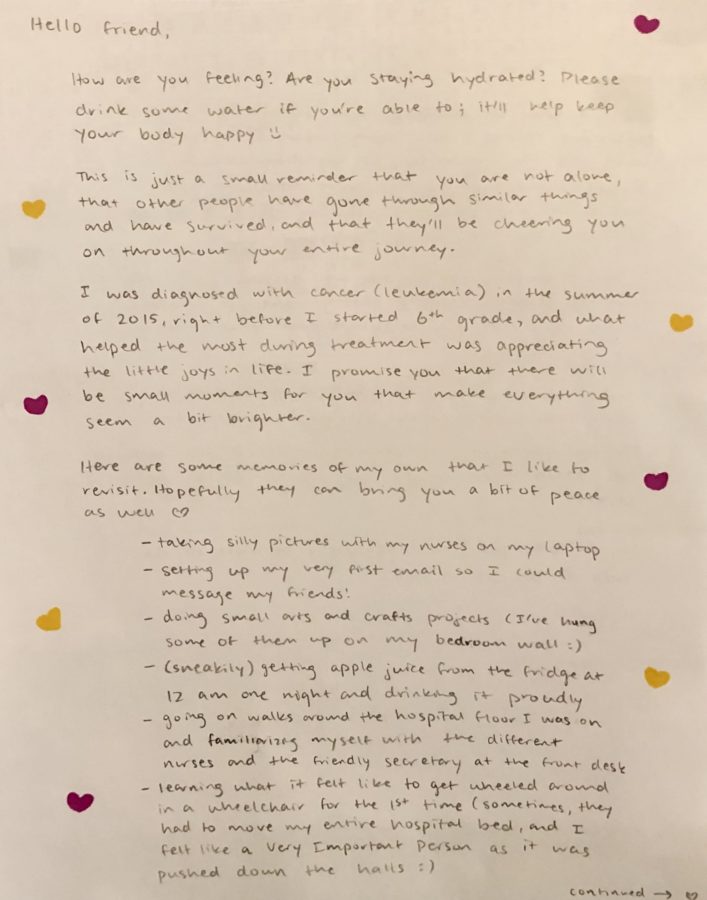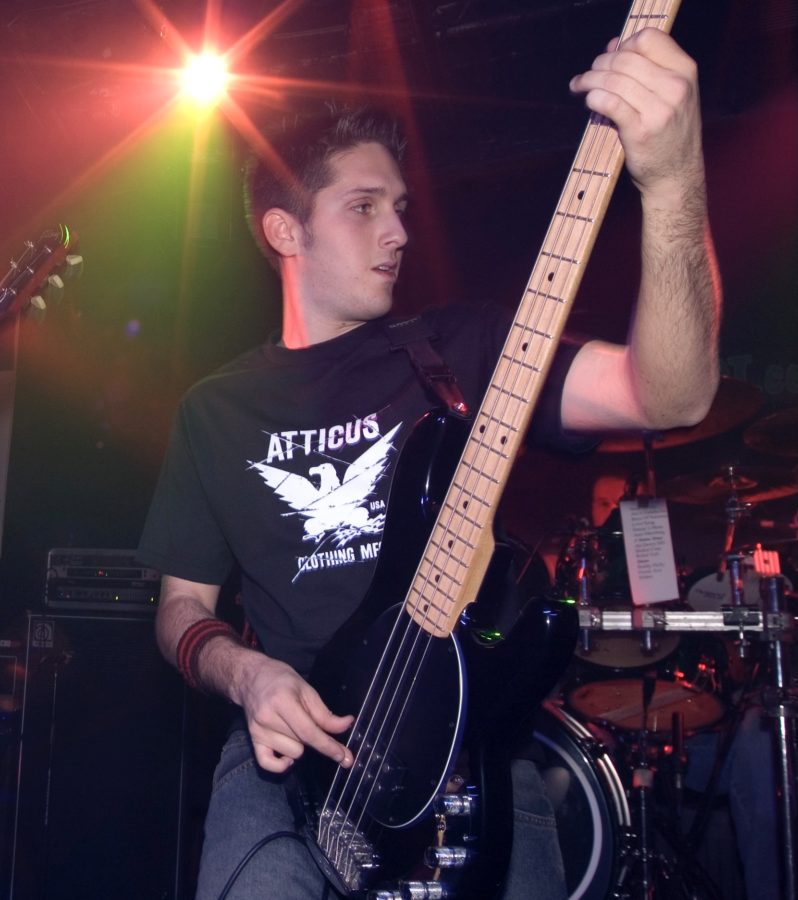This Cornucopia, I came across an activity in the library that I hadn’t seen in over 10 years: two differently colored pieces of plastic thread, knotted and weaved together in a way to create one patterned, boxy string. As a part of the classic summer camp experience and a concrete memory of my personal childhood, ladies and gentlemen, I’m talking about gimp.
For the next two periods, my friend and I proceeded to gimp the heck out. While threading each string and continuously stubbing our fingers doing so, we talked about our next steps for college, reflected on past high school experiences and discussed which hairstyle Harry Styles wore best; it was a very passionate discussion.
As weird and random as it may seem, making gimp, even for just an hour and a half, brought me back to a time when the most exciting thing for 8-year-old Audrey was to read the next Harry Potter book and doodle “Sailor Moon” characters in the margins of her math homework. It was a time when I was on a first-name basis with my elementary school librarian, solely due to the excessive number of times I would visit per day, and spend hours running up and down the block, turning over every rock and leaf in the backyard with the neighborhood kids.
There were no cell phones. Growing up, my family didn’t have cable, so the only TV show I had ever watched was Nickelodeon’s “Avatar: The Last Airbender.” The latest tech my family shared was a computer model from the 1990s that malfunctioned more often than it worked.
I say this because for the past few years, I feel like there are parts of my brain which are rewiring themselves. I can go on a 3-hour Youtube spree through Bon Appetit’s cooking channel, but getting through a longform New Yorker article is a struggle. No longer can I so easily doodle. I’ve read a novel on my own time maybe once a month, and that’s kind of pushing it.
We live in a world where it’s now normal to walk into a restaurant and see the majority of people looking down at tiny screens, and where information from our phones can be regularly sent to government agencies and the NSA. Weirdly enough, with the constant communication and connectivity that the internet provides, it’s hard now to be with someone else, completely and uninterruptedly, and it’s hard to be truly alone. I feel uncomfortably naked when I go outside without my phone, even when I have no intention of using it. I’ve wasted countless hours on the internet that I could’ve spent going deeper with a book, a film, a conversation or even a walk or a task. My time does not come in large, focused blocks, but in fragments and shards. Even time that used to be spent doing nothing — waiting for the bus to come or for food to arrive or for a friend to show up — is now occupied by the attention-grabbing world of social media and news headlines.
And, as The Atlantic writer Nicholas Carr notes, it’s not just about what we consume. It’s how we consume it. According to studies by University College London, visitors to online news and research sites frequently perform a kind of “power-browse” through articles, a way of skimming where they read maybe no more than one or two pages at a time before moving on. The emphasis on efficiency and immediacy has never been so apparent. Because of that, though, we disengage that part of our brain that interprets and reorganizes text, the part that is involved with a kind of deeper, more profound kind of reading, and by extension, thinking. Our ability to focus on any piece of information is interrupted by other information, so that we bathe in information but hardly absorb or analyze it.
Maybe the busyness of the internet is why I’m seeing the emergence of activities such as gardening, knitting and other things that often involve doing it “the old way.” It serves as a return to slowness, of doing and creating things by hand, of hobbies that present the reality of a world outside electronic distraction. In doing so, we create a bubble that the outside world can’t probe, whether that be through fixing broken car locks or cooking food by hand or recollecting vinyl records. Or even, as I discovered, creating gimp.
I’m trying to be better about thinking of what I want to do with my time. Every time I reach for my phone, I try to think about what I’m actually using it for. I’m getting back into art, and penciling in thoughts at the end of the day, no matter how few or random they are. Mostly, I try to read. Weirdly, these activities are both the most laughably small and incredibly ambitious things I’ve ever done. But maybe, at the end of the day, they’ll be worth it.









